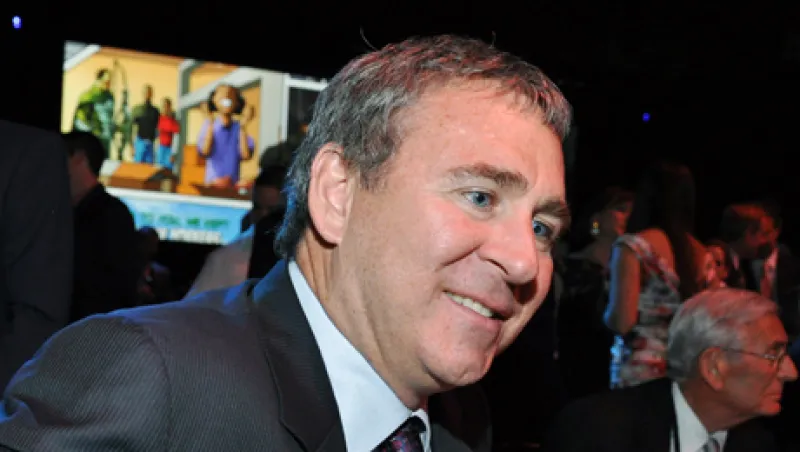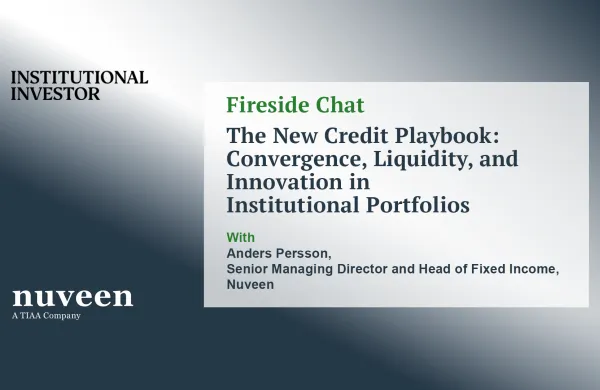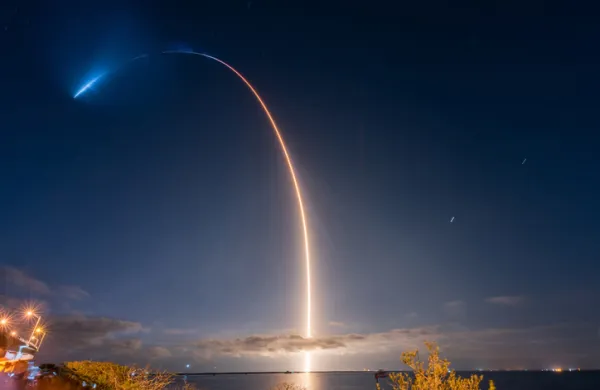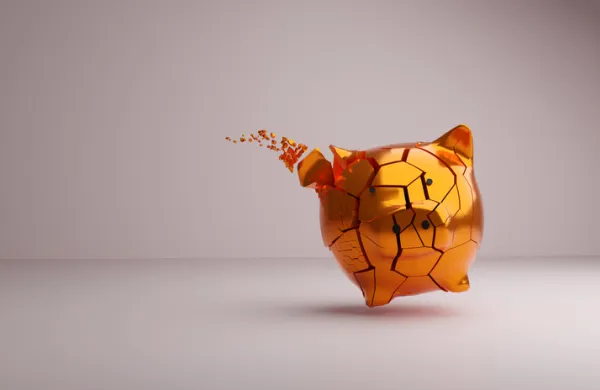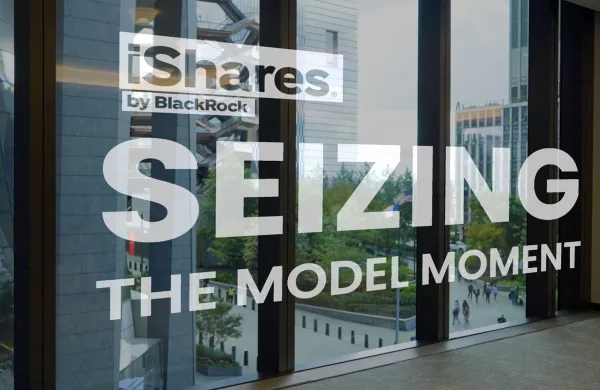Ken Griffin’s Kensington and Wellington hedge funds were able to make a little money in September when most of the global markets extended their slide to five straight months.
The Citadel founder’s main hedge funds were up 0.25 percent in September, putting them up by about 15.10 percent for the year, according to sources, making them among the best performers this year.
The strong performance was led by its global equities strategy, which was up about 2.35 percent, say knowledgeable sources.
More importantly, certain investors have finally gone over the high water mark. Sources say all investors should be able to reach that magic level once the funds climb another 6 or 7 percentage points.
Griffin’s September performance is especially impressive given the S&P 500 dropped 7.18 percent for the month while the global markets in general fell 10.11 percent, the worst performance since the 20.61 percent disaster in October 2008, according to Standard & Poor’s.
Through the first three quarter, the Dow Industrials were off 5.74 percent, S&P 500 10 percent and Nasdaq Composite 8.95 percent.
For Griffin, this has been a long, agonizing recovery after losing 55 percent in 2008.
Last year, Wellington was up 11.11 percent while Kensington climbed 10.75 percent.
Griffin, of course, is forever known as the guy who successfully traded convertibles from his dorm room at Harvard College, where he graduated in 1989 with a B.A. in economics. He then had the audacity to launch his own firm the following year.
Griffin is not the only hedge fund manager to make money in September, however.
David Einhorn’s Greenlight Capital reported a 0.2 percent gain in September. This put the fund into the black for the quarter, returning 0.1 percent. This is especially impressive since the major market indices were down between 12 percent and 14 percent during the three-month period.
Even so, Greenlight, which in September ended discussions to purchase a significant stake in the New York Mets, is still down 5.1 percent for the year.
Einhorn had earlier reported that going into September his three largest disclosed positions were shares of Apple, gold, and Market Vectors Gold Miners, an exchange traded fund.
As of September 30, his largest disclosed long positions remained Apple, gold, and ETF Market Vectors Gold Miners, followed by Microsoft and Vodafone Group.
Meanwhile, all things considered Dan Och’s Och-Ziff Capital Management Group didn’t fare too badly. He reported that his OZ Master Fund lost 1.82 percent in September, pushing it into the red for the year by 0.42 percent. OZ Europe Master Fund lost 0.76 percent in September, and is now down 3.30 percent for the year while OZ Asia Master Fund lost 3.85 percent last month, pushing it into negative territory by 3.38 percent.
On the other hand, OZ Global Special Investments Master Fund, L.P. is still up 2.53 percent for the year despite losing 1.69 percent last month.
Och also reported that his assets under management dropped $900 million in September, to $28.5 billion, which includes performance for September and capital flows as of October 1.
As we have reported, Alan Howard’s Brevan Howard also likely made money in September given his huge fund was up around 13 percent through September 23.
However, the best performer so far this year appears to be the JAT Capital Offshore Fund, which was up 37.43 percent through September 23, including 1.80 percent for the month. It was founded in 2007 by John Thaler, a former portfolio manager with Tiger Cub Shumway Capital Partners.



